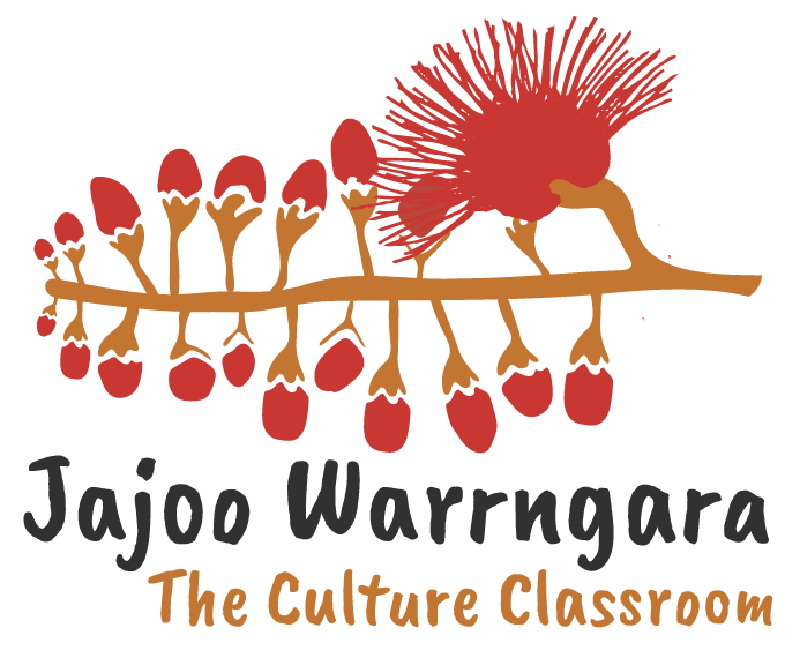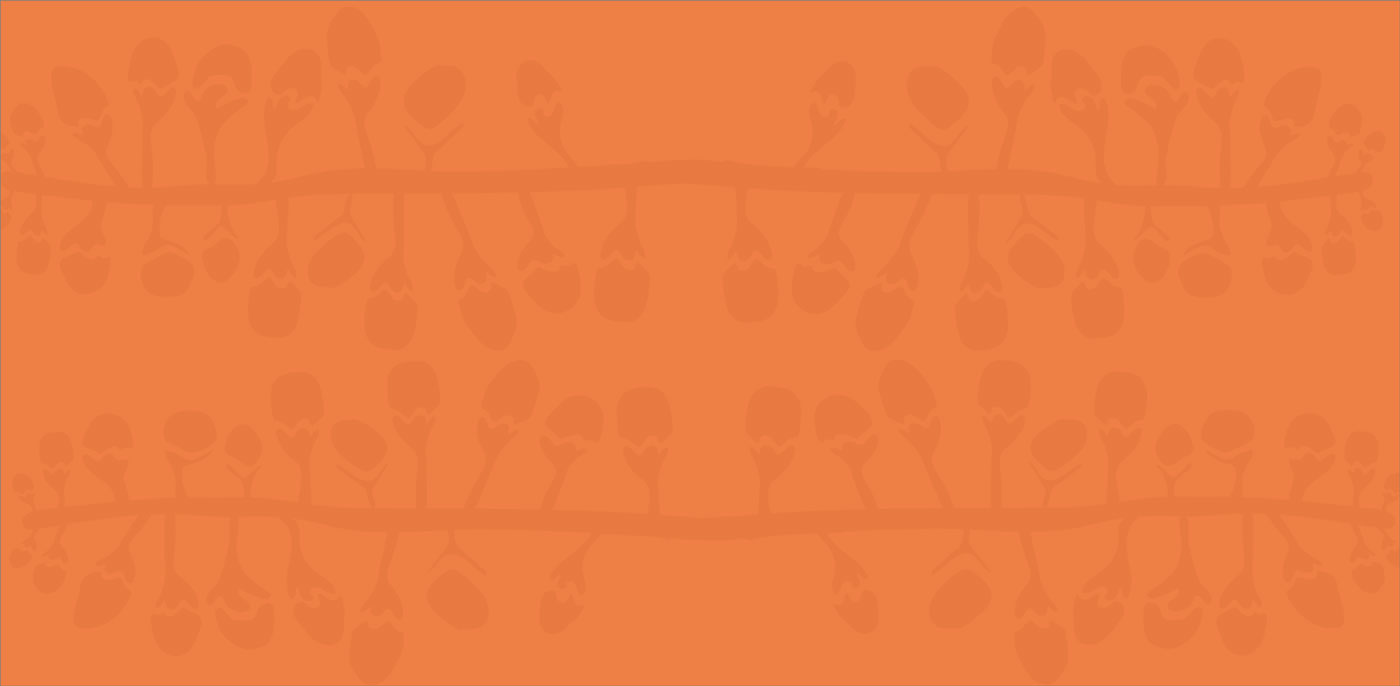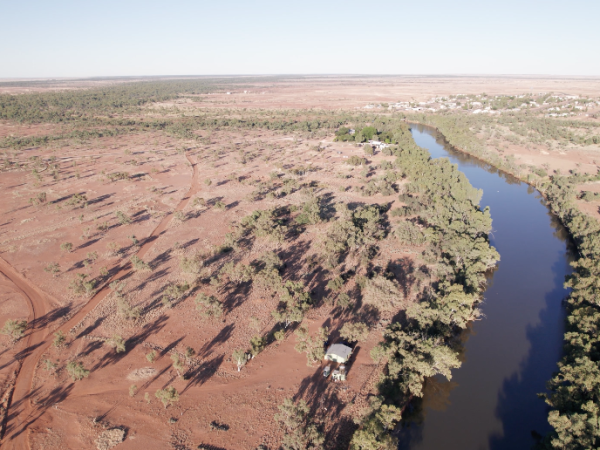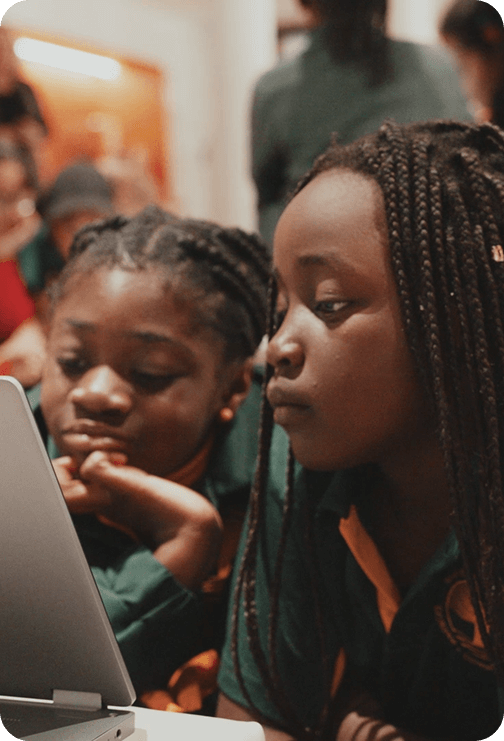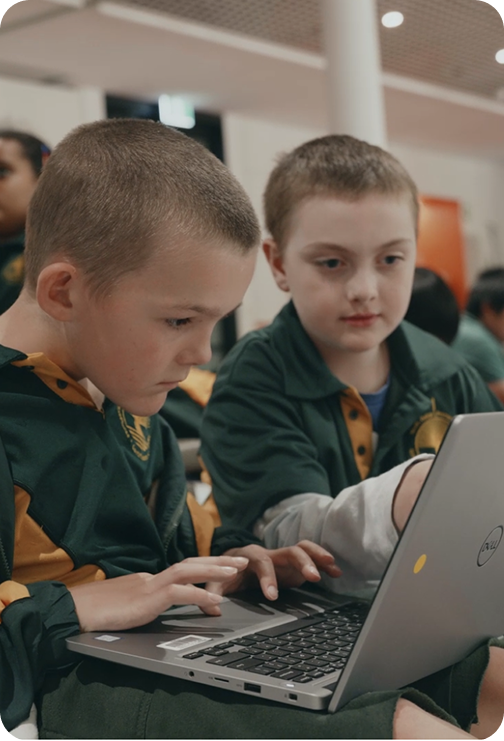AC9HH7K01
Theories and historical interpretations about early human evolution and migration, such as the theory that people moved out of Africa and the causes of migration to other parts of the world, including Australia
AC9HH7K03
How First Nations Australians are the world’s oldest continuing cultures, displaying evidence of both continuity and change over deep time
AC9HH7K06
The social organisation and cultural practices of early First Nations Australians, and their continuity and change over time
AC9HH7K07
The cultural obligations of First Nations Australians about significant heritage sites, including ancestral remains, material culture and artefacts, and the role of collaboration between First Nations Australians and other individuals and groups to ensure cultural preservation
AC9HH7K08
The different methods and sources of evidence used by historians and archaeologists to investigate early societies, and the importance of archaeology and conserving the remains, material culture and heritage of the past
AC9HH7K09
How the physical environment and geographical features influenced the development of the ancient society
AC9HH7K11
Key beliefs, values and practices of an ancient society, with a particular emphasis on one of the following areas: everyday life, warfare, or death and funerary customs
AC9HH7S01
Develop historical questions about the past to inform historical inquiry
AC9HH7S02
Locate and identify primary and secondary sources to use in historical inquiry
AC9HH7S07
Explain historical interpretations about significant events, individuals and groups
AC9HH7S08
Create descriptions, explanations and historical arguments, using historical knowledge, concepts and terms that reference evidence from sources
